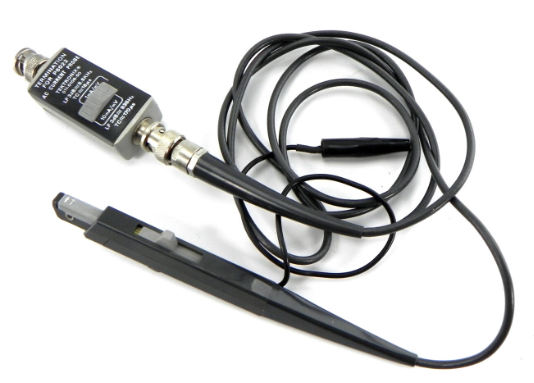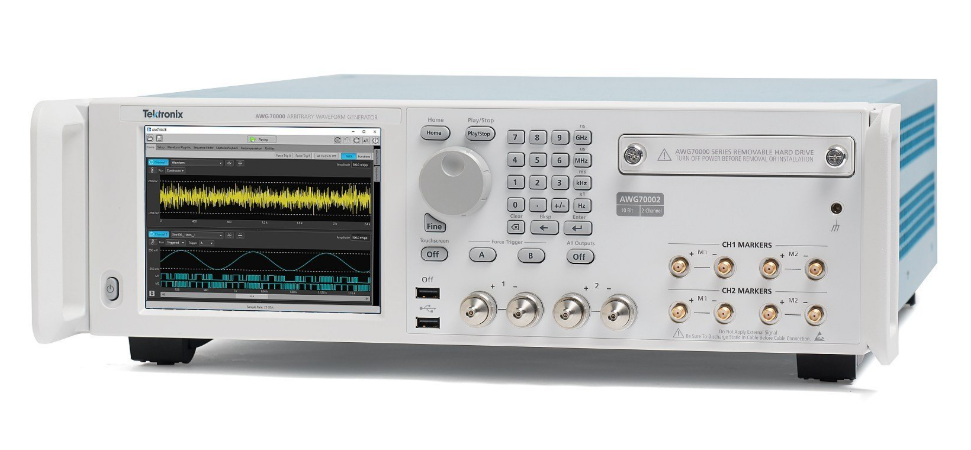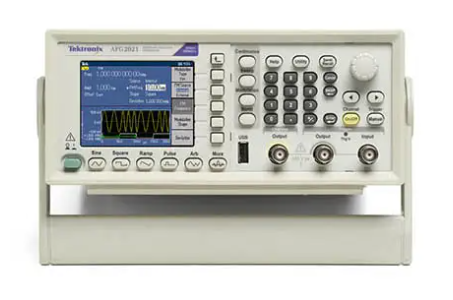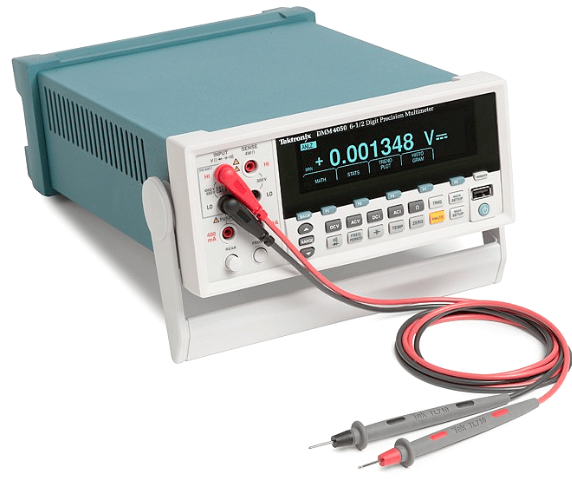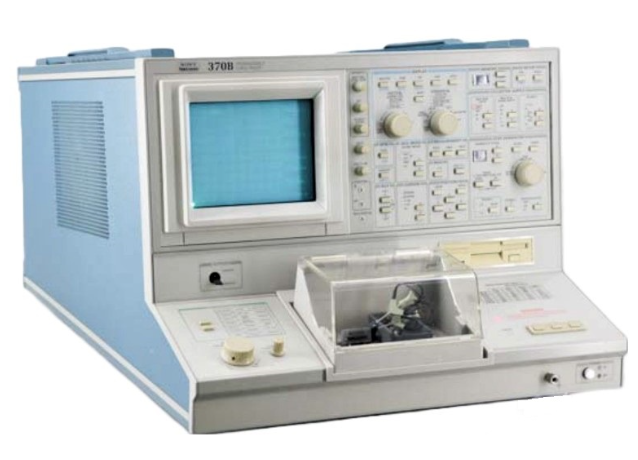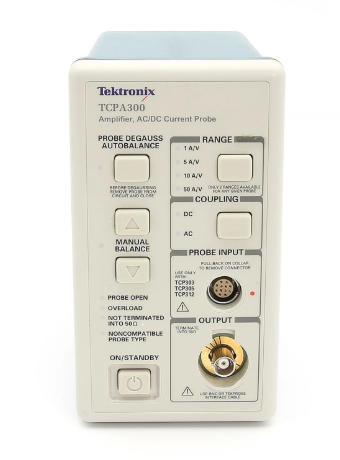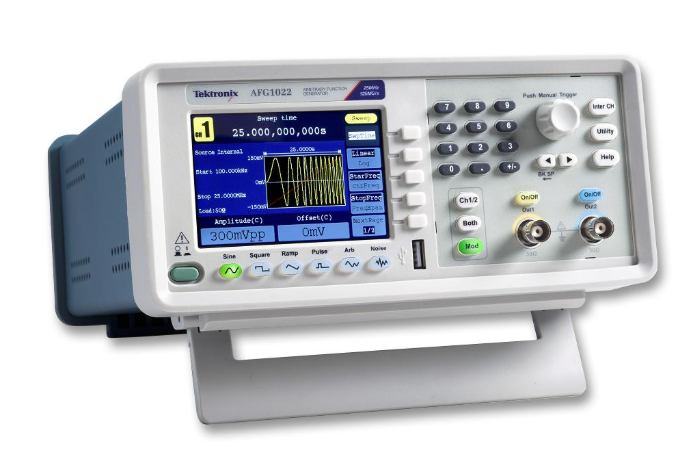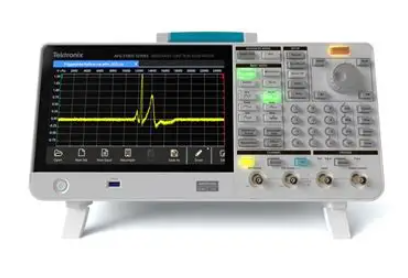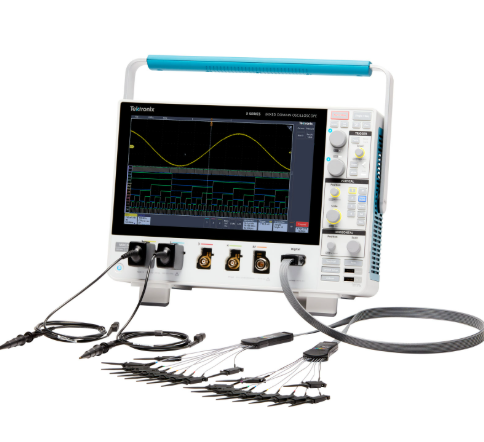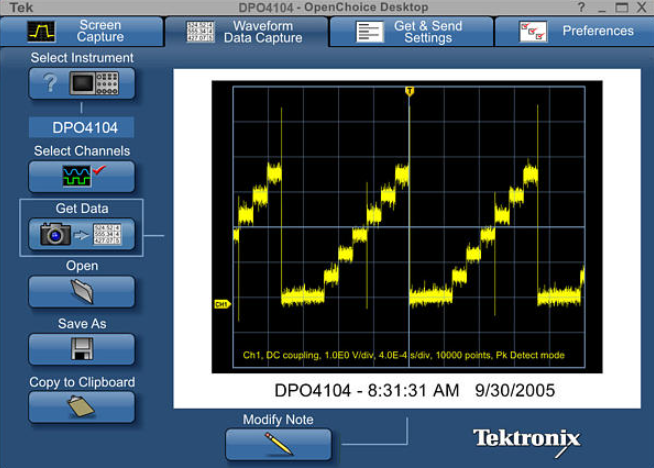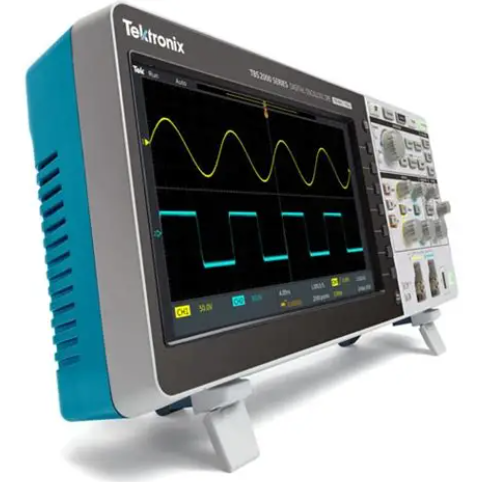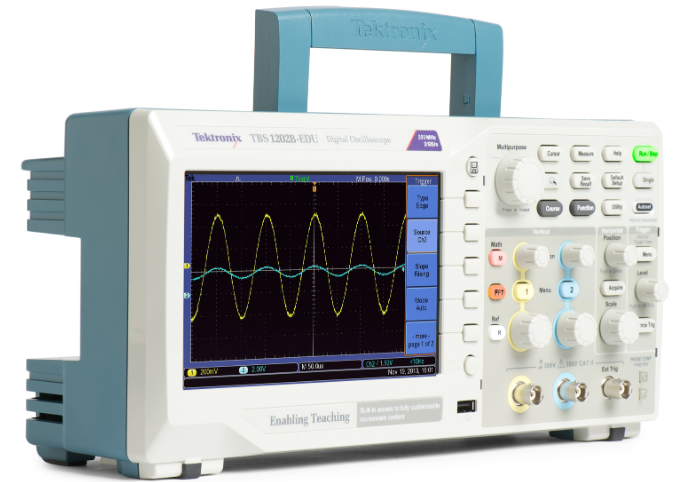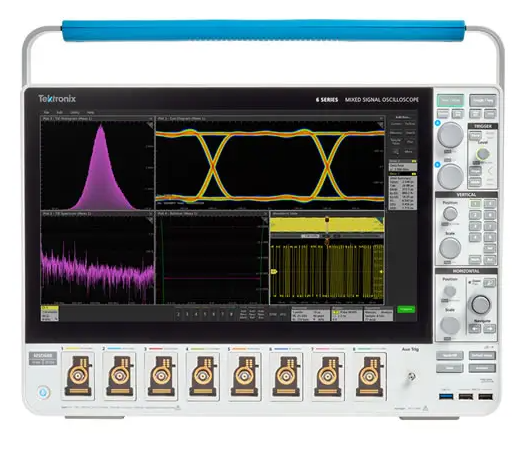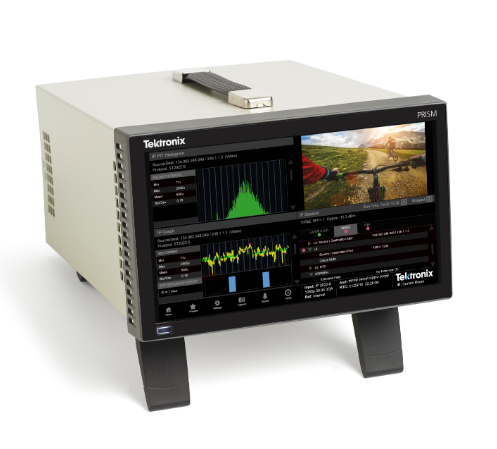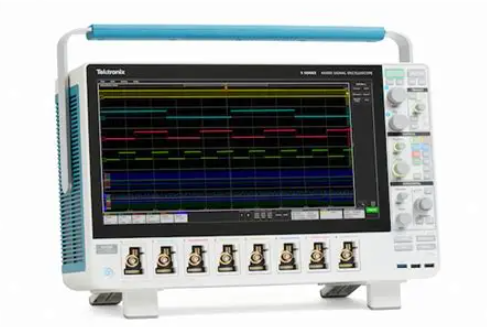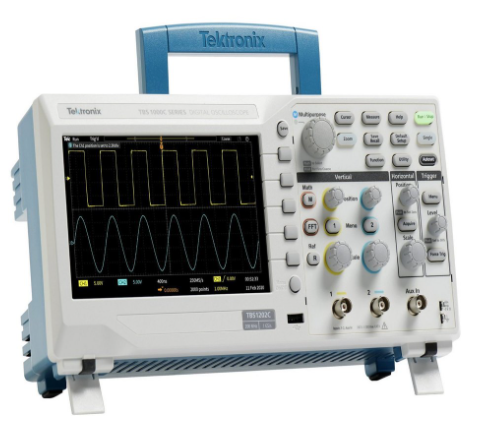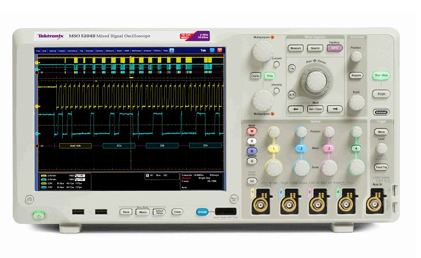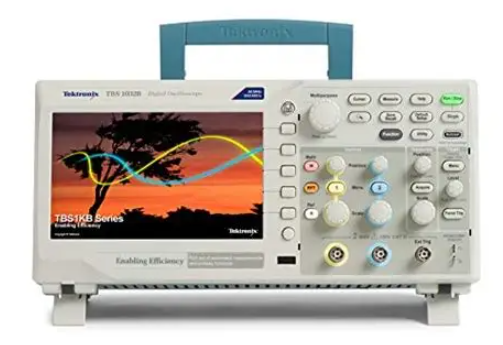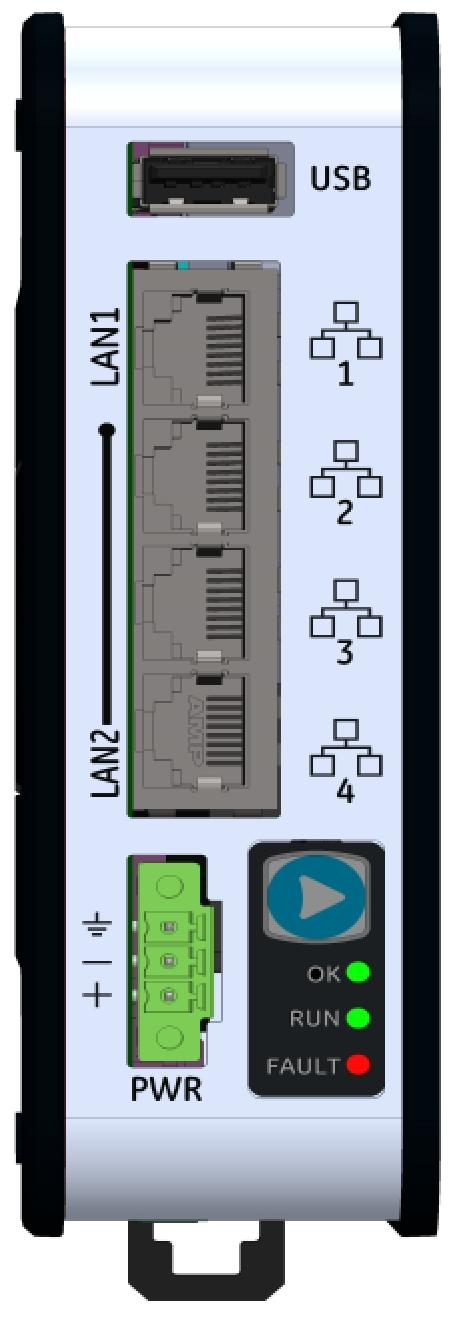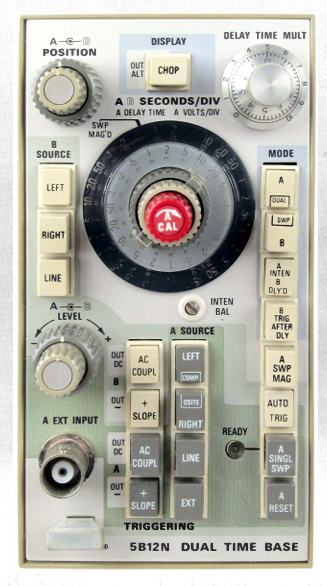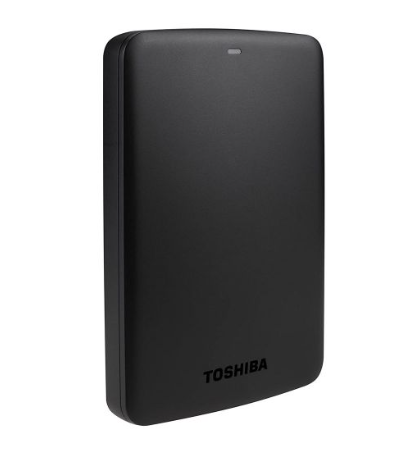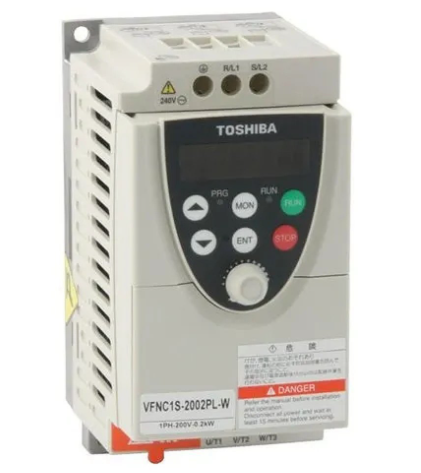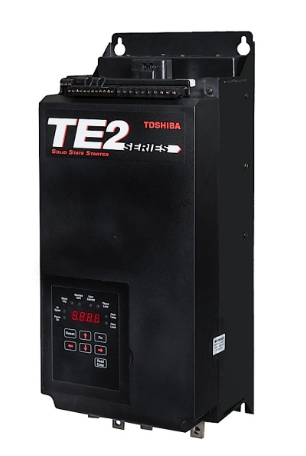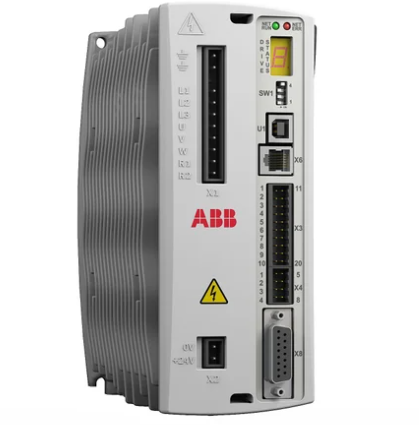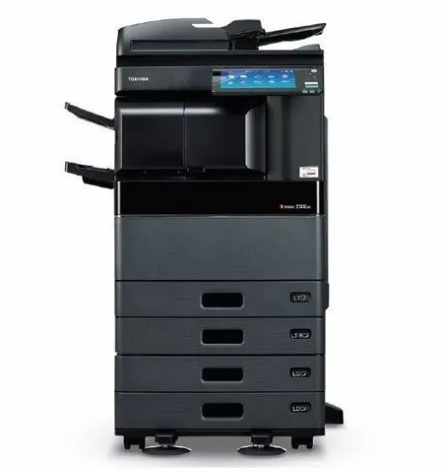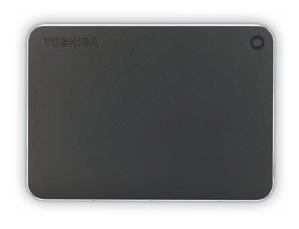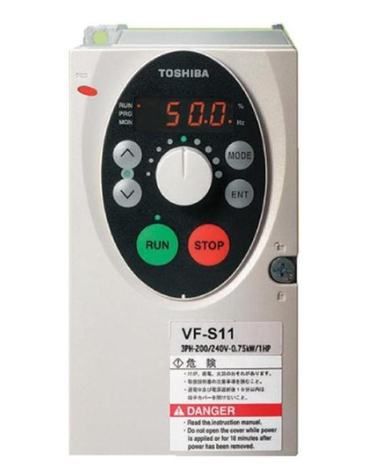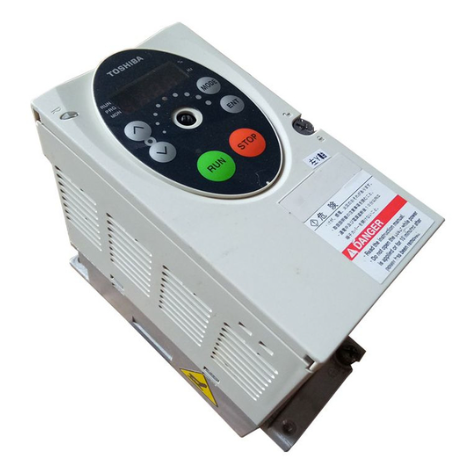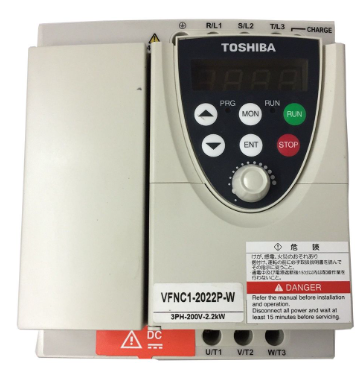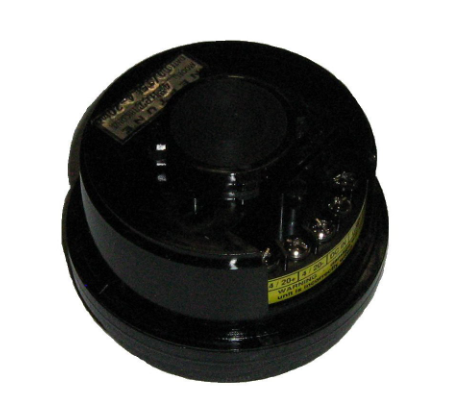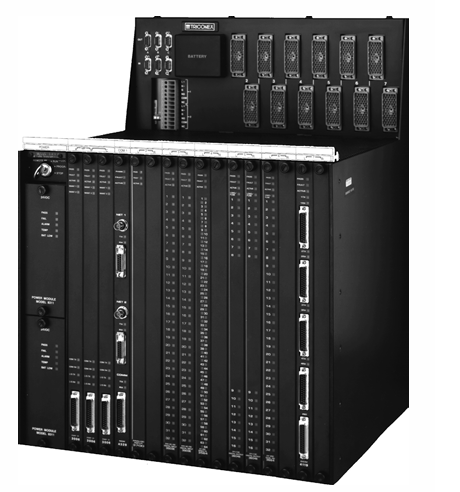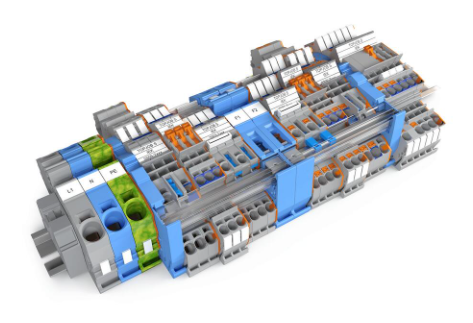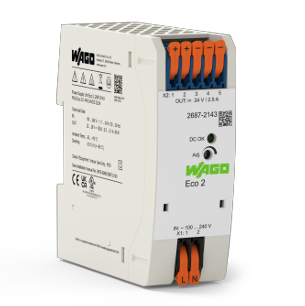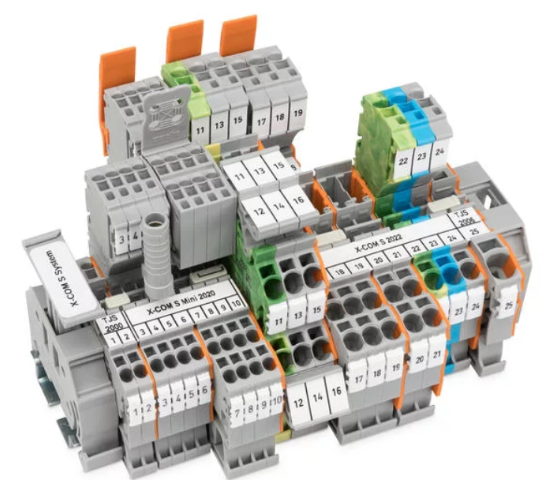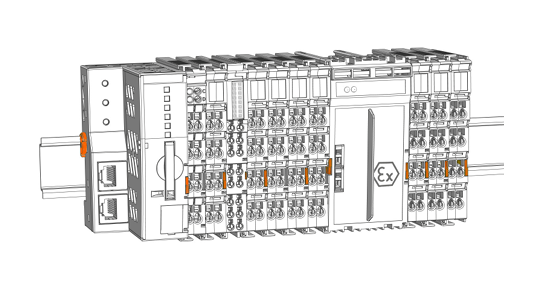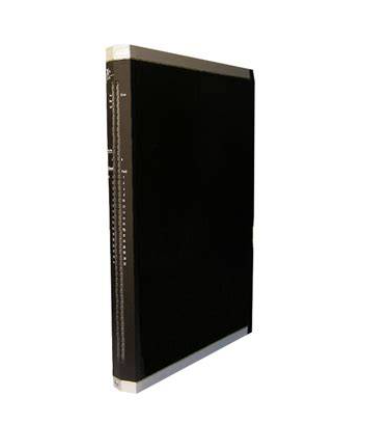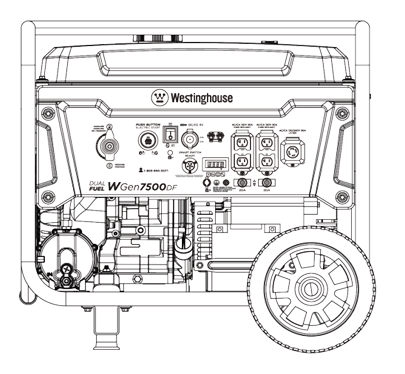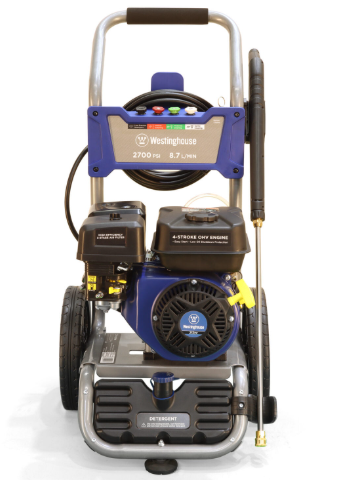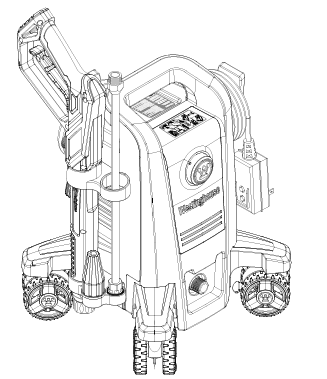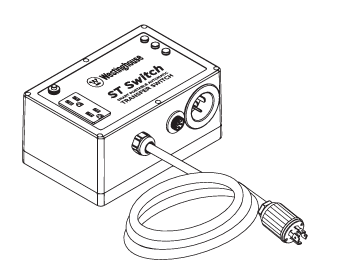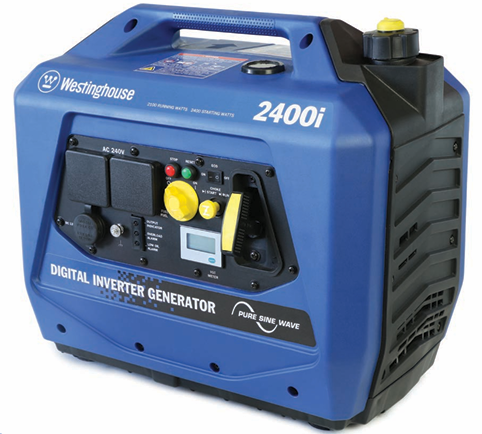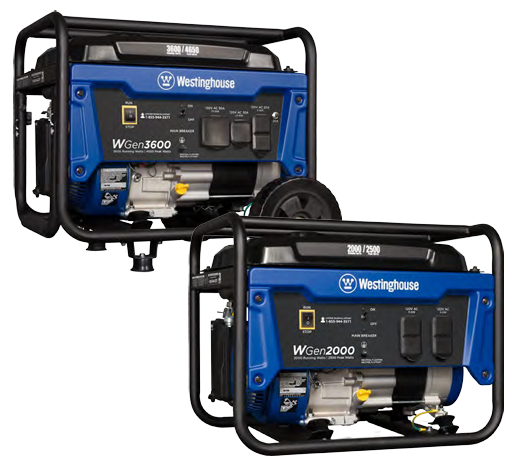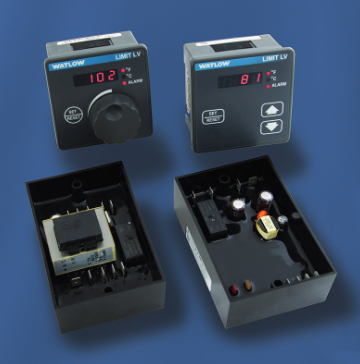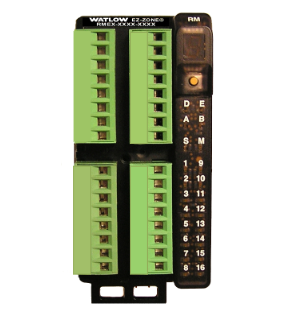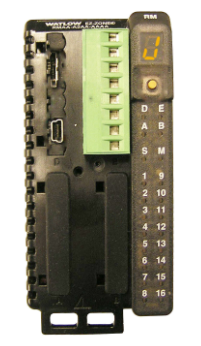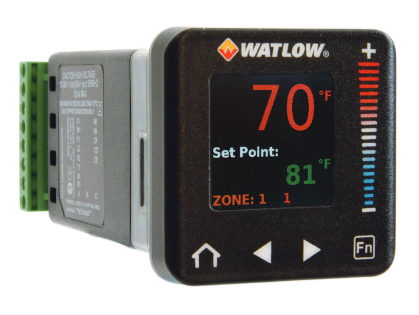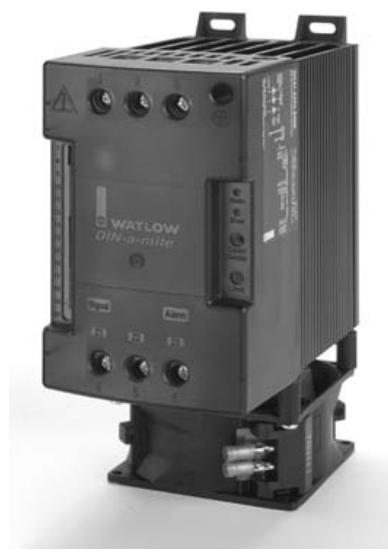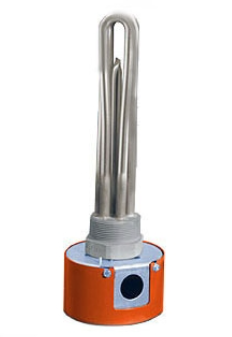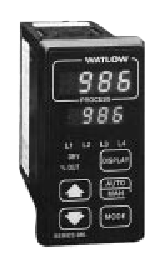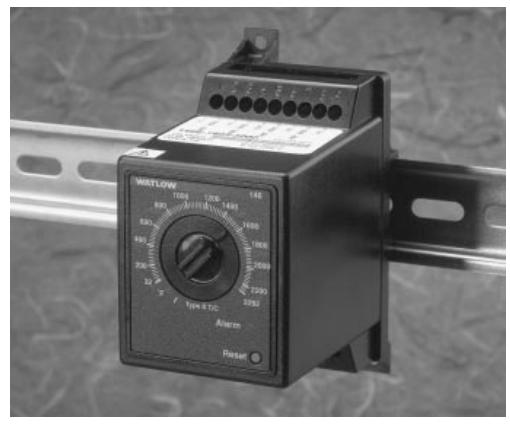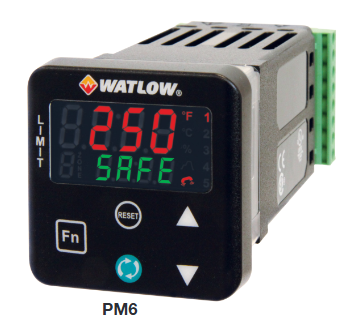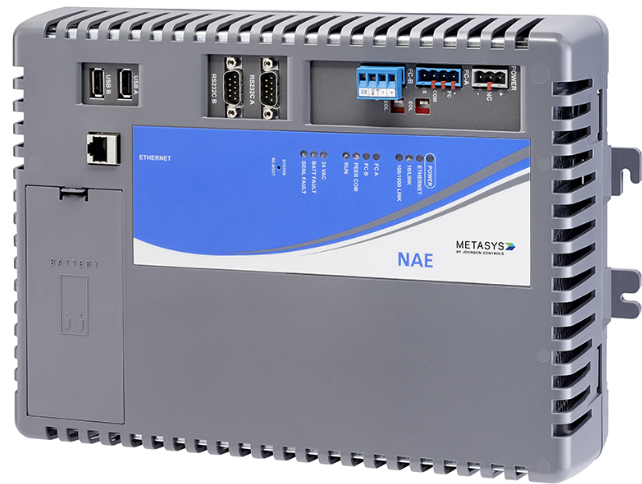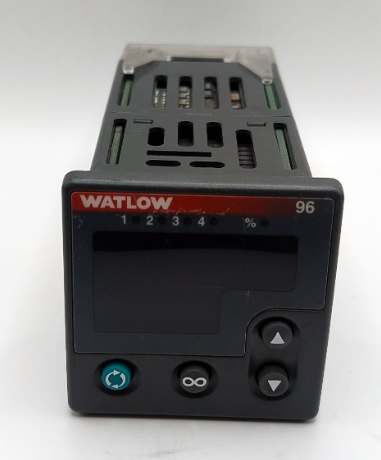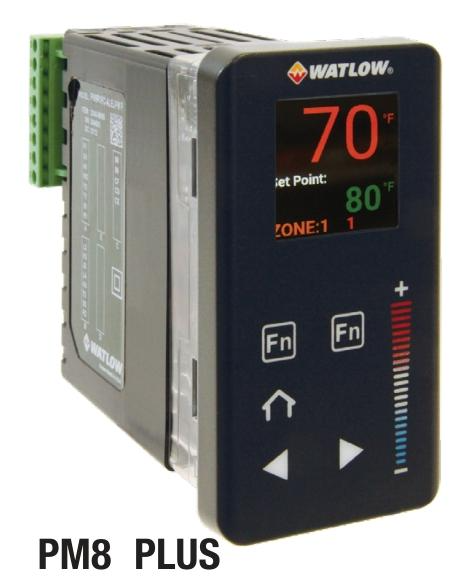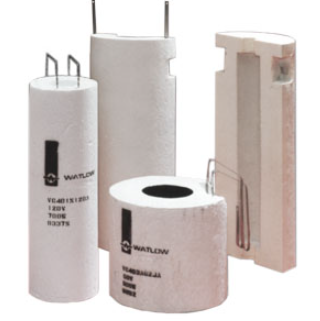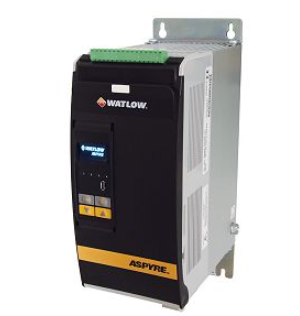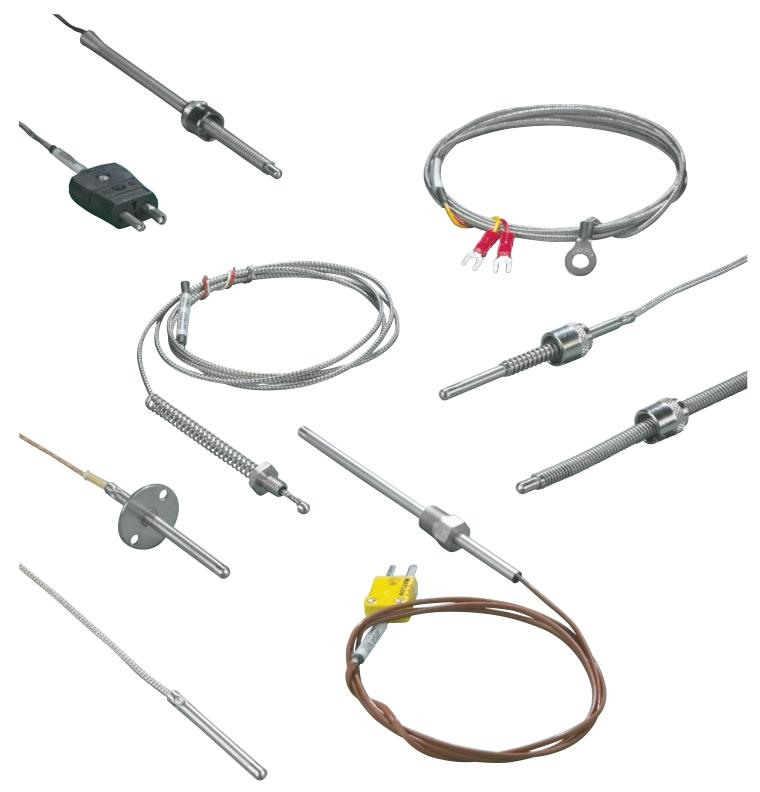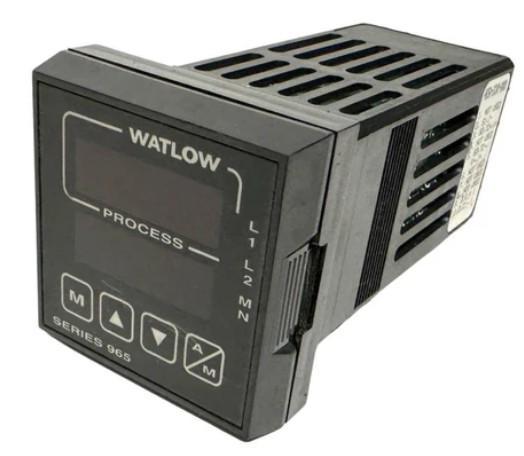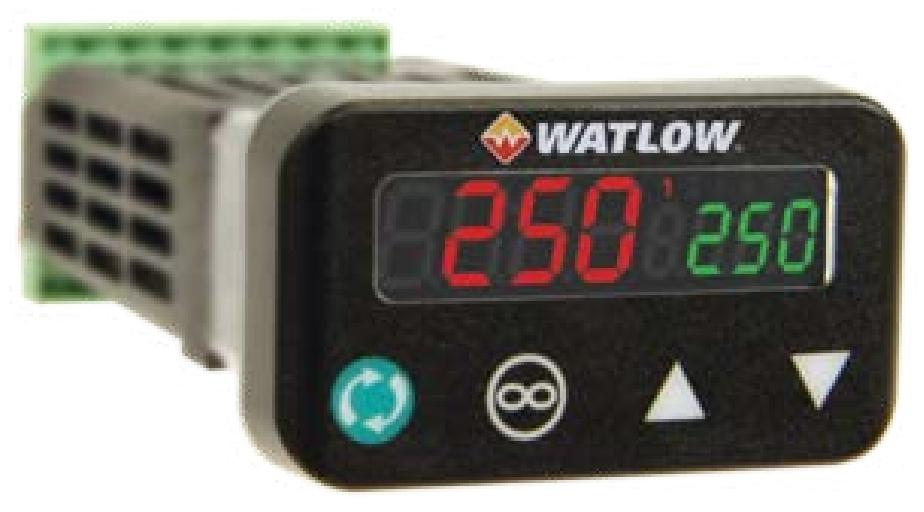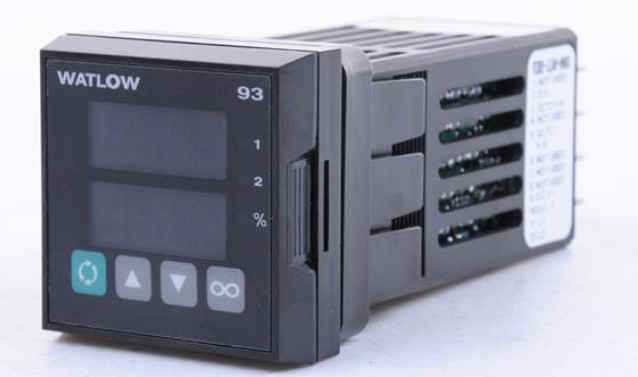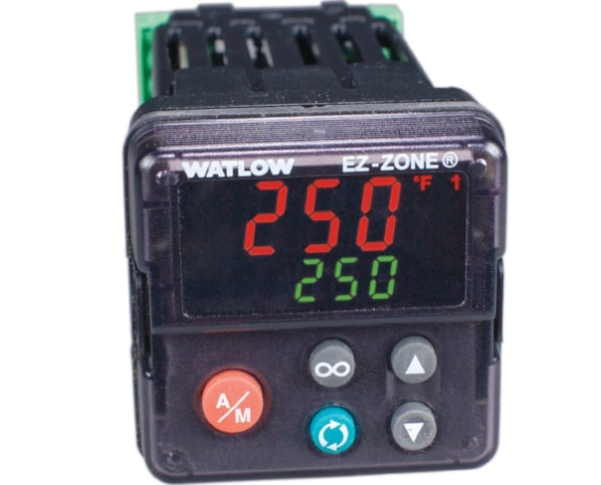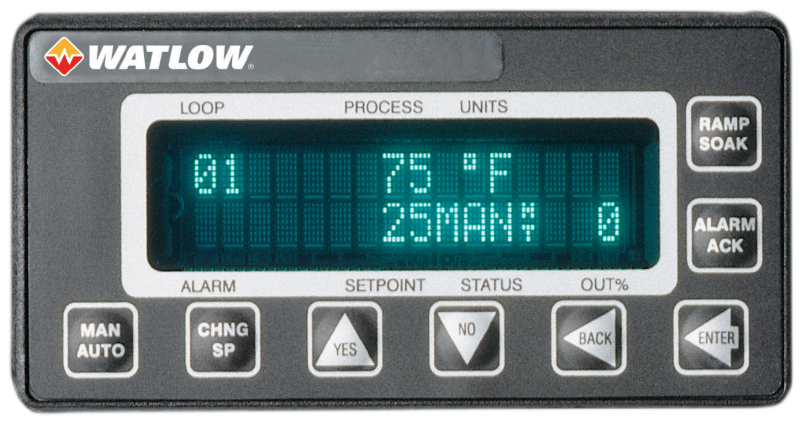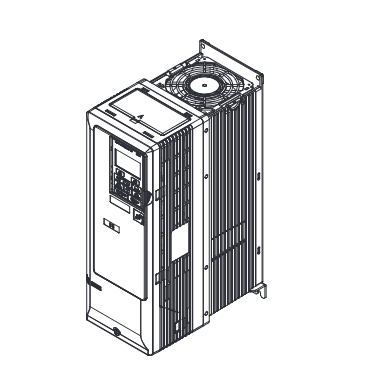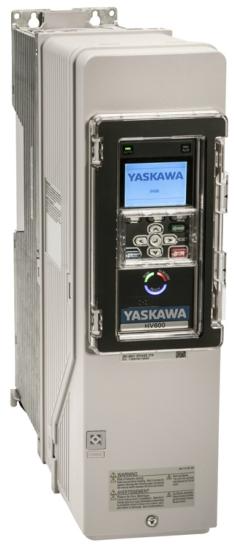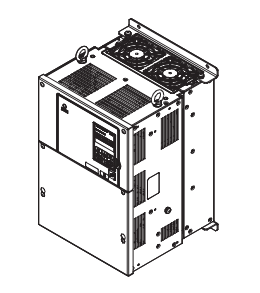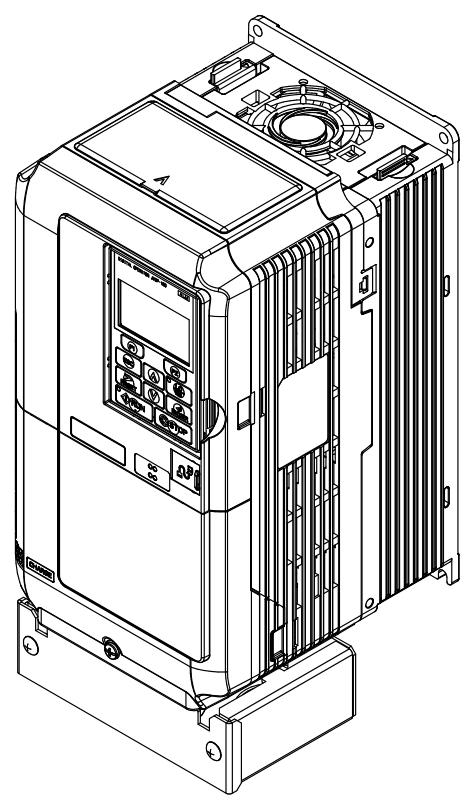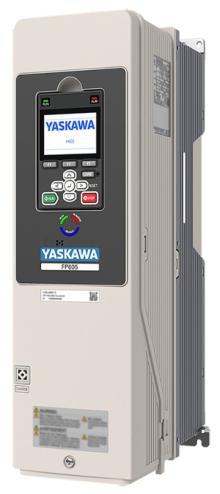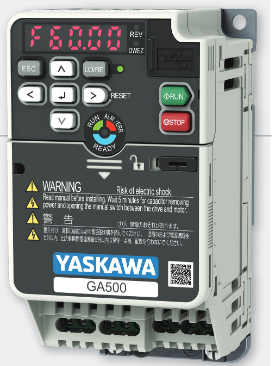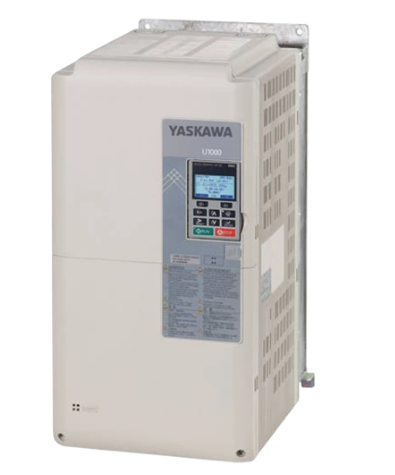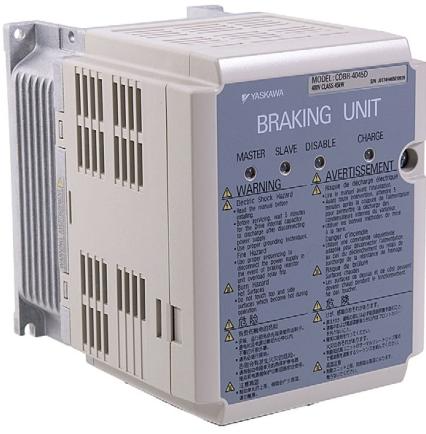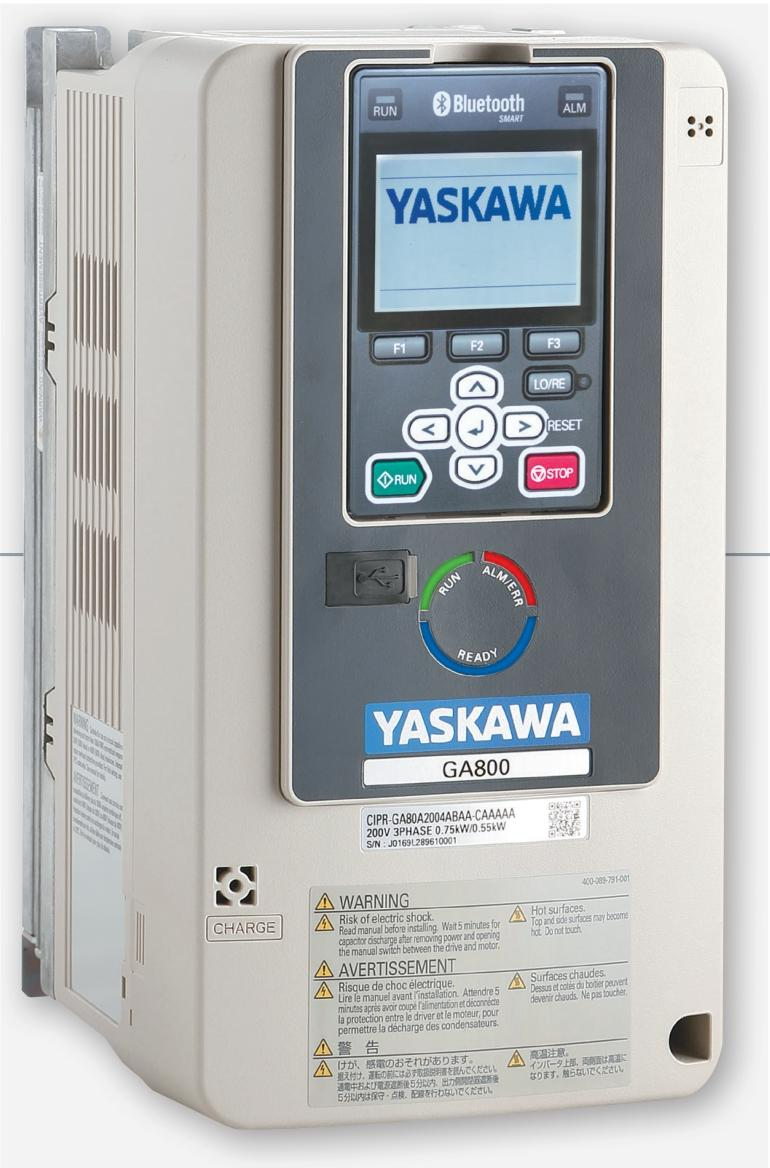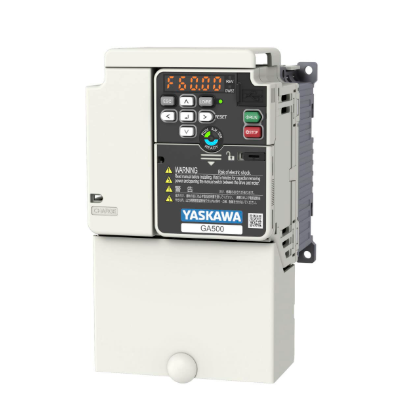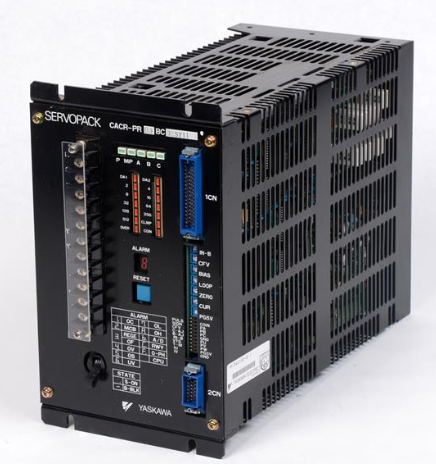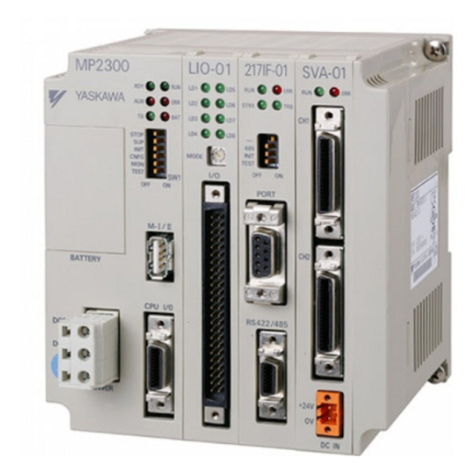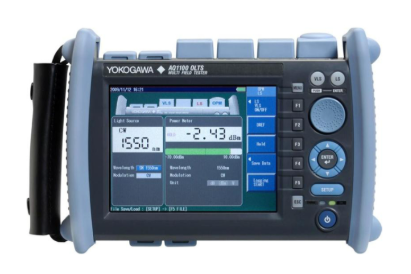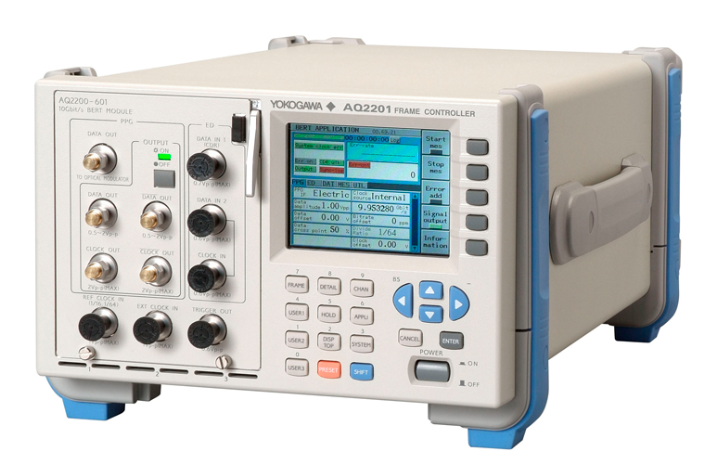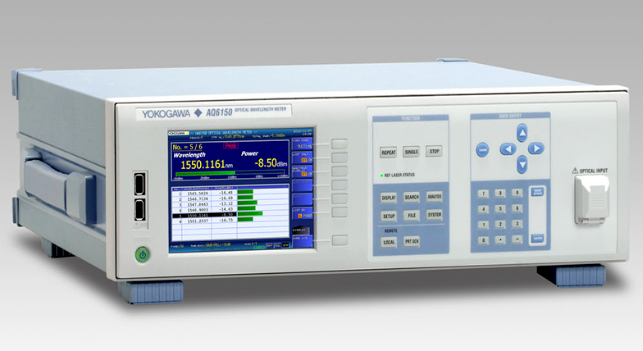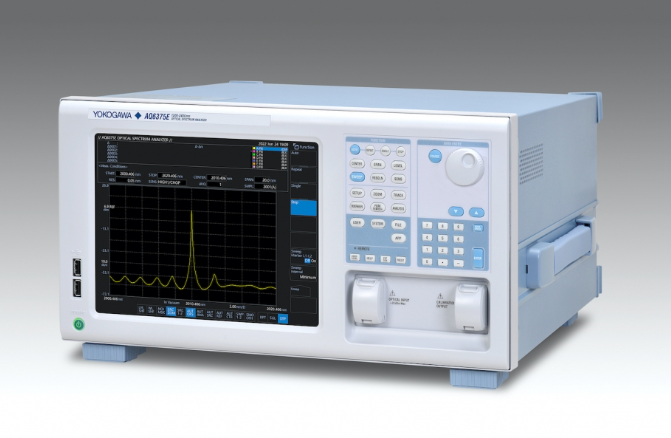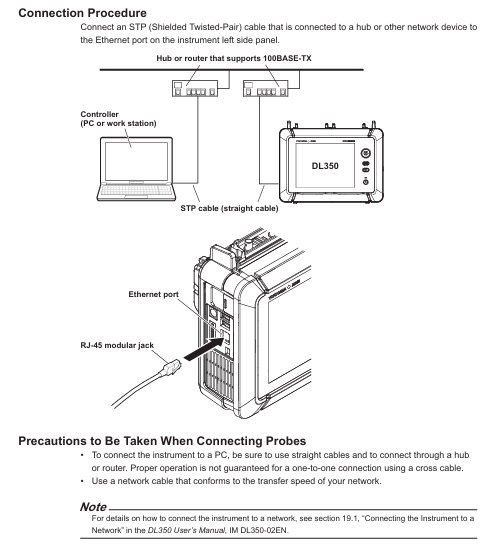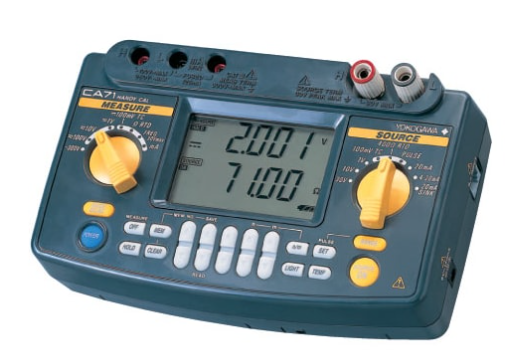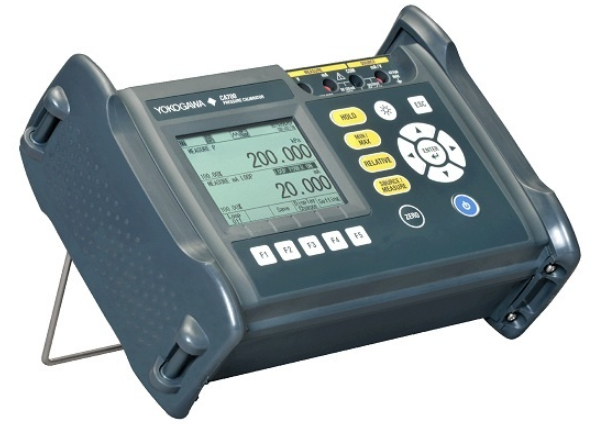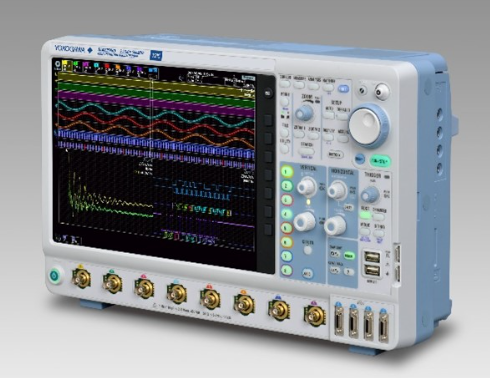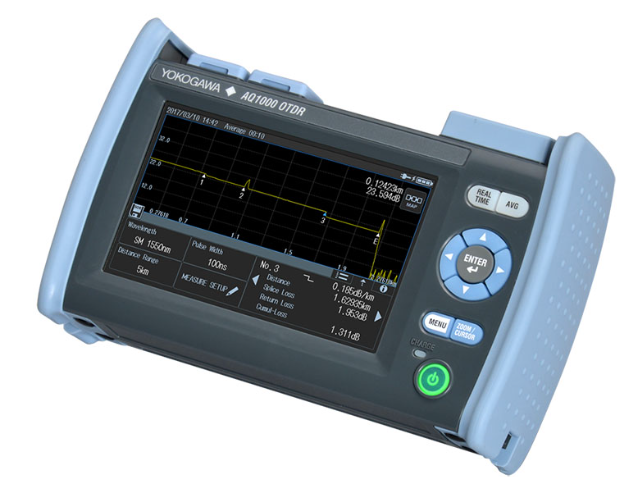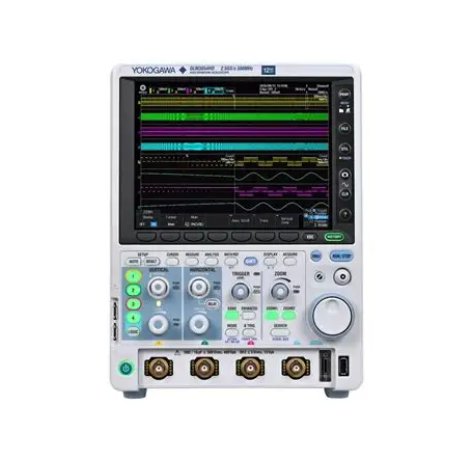

K-WANG


- Telephone:+86-15305925923
- contacts:Mr.Wang
- Email:wang@kongjiangauto.com
GE VMIVME-3123 16-bit High Throughput Analog Input Board 16 Channels
GE VMIVME-3123 16-bit High Throughput Analog Input Board 16 Channels
Introduction:
The VMIVME-3123 analog input board provides 16 high accuracy differential analog input channels with high throughput 16-bit analog-to-digital (A/D) conversion rates to 1.6 million samples per second. Each input is equipped with a dedicated sample-and-hold amplifier, a fourth-order antialiasing filter, and a precision 16-bit A/D converter.
Digitized samples are accumulated in a data buffer until retrieved by the system. Buffer size is software controlled from one sample to 4 million samples.
Features:
• 16 differential analog input channels
• Software-selectable as 1, 2, 4, 8, or 16 active channels
• 16-bit A/D converters; one per channel
• Simultaneous sampl
• e-and-hold inputs High throughput
— 1,600 kHz aggregate sample rate
— 100 kHz per channel; 200 kHz with channel pairing
• Digital calibration; no channel trimmers
• Built-in-Test; internal references applied to channel inputs; all active devices tested
• Large data buffer; up to 4 million data samples
• Transient capture mode triggering on input signal
• Continuous sampling mode
• Triggering capabilities — Internal, external, VME host triggering, or multiboard synchronous
• ±10V, ±5V input ranges with bipolar option and +10V, +5V input ranges with true unipolar option
• Selectable delay
• Low pass filters for antialiasing
Applications:
• Precision voltage monitori
• Data acquisition sys
• Control systems
• Automatic test equipment (ATE)
Functional Characteristics
Board Address:
The physical base address for the board’s data buffer is software selected by onboard registers in short I/O space. The standard and extended windows into the data buffer can be enabled/disabled through registers in short I/O space.
VME Access:
Address modifier bits are enabled in short I/O registers and decoded to support both nonprivileged, supervisory, or both access modes.
Data Transfers:
Conversion data is retrieved from the data buffer through the memory-mapped data space, commencing with the first conversion sample and proceeding in sequence through the last sample in the buffer.
System Reset:
After a system reset occurs, the board enters an IDLE operating mode in which the board sample clock is chosen as the sampling source, and the buffer sizes are maximized with all channels enabled. The board does not acquire data in IDLE mode. The front panel LED indicator is turned ON at reset.
Calibration:
This board calibrates itself under host control and then uses the gain and offset coefficients during signal acquisition. This eliminates the need for gain and offset trim potentiometers, and provides a software solution to calibrating the board. Calibration is performed when the host changes the operating mode to CAL and consists of routing precision reference voltages to the channel inputs, reading the associated 16-bit analog-to-digital converter (ADC), determining the gain and offset coefficients, and storing them in onboard volatile memory. During data acquisition, the A/D data in a particular channel is multiplied by the gain coefficient and added to the offset coefficient. This corrected data is then written to the data buffer
Electrical Characteristics
Analog Inputs:
Input Configuration: Sixteen differential input channels, with dedicated sample-and-hold per channel. Optional 8-channel configuration available; see the Ordering Options.
A/D Converters: 16-bit A/D converter per channel
Voltage Ranges: ±5 and ±10V full scale, software-selectable
Offset Voltage and Drift: ±2.7µV, ±5µV/°C RTI1
Bias Current and Drift: ±55 ±1 nA/°C
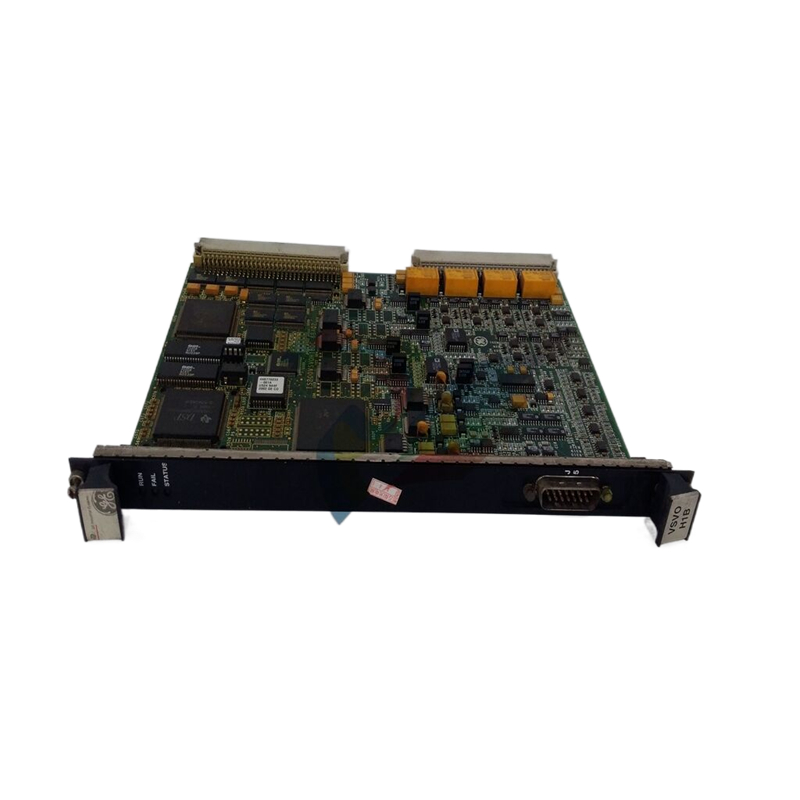
| User name | Member Level | Quantity | Specification | Purchase Date |
|---|







